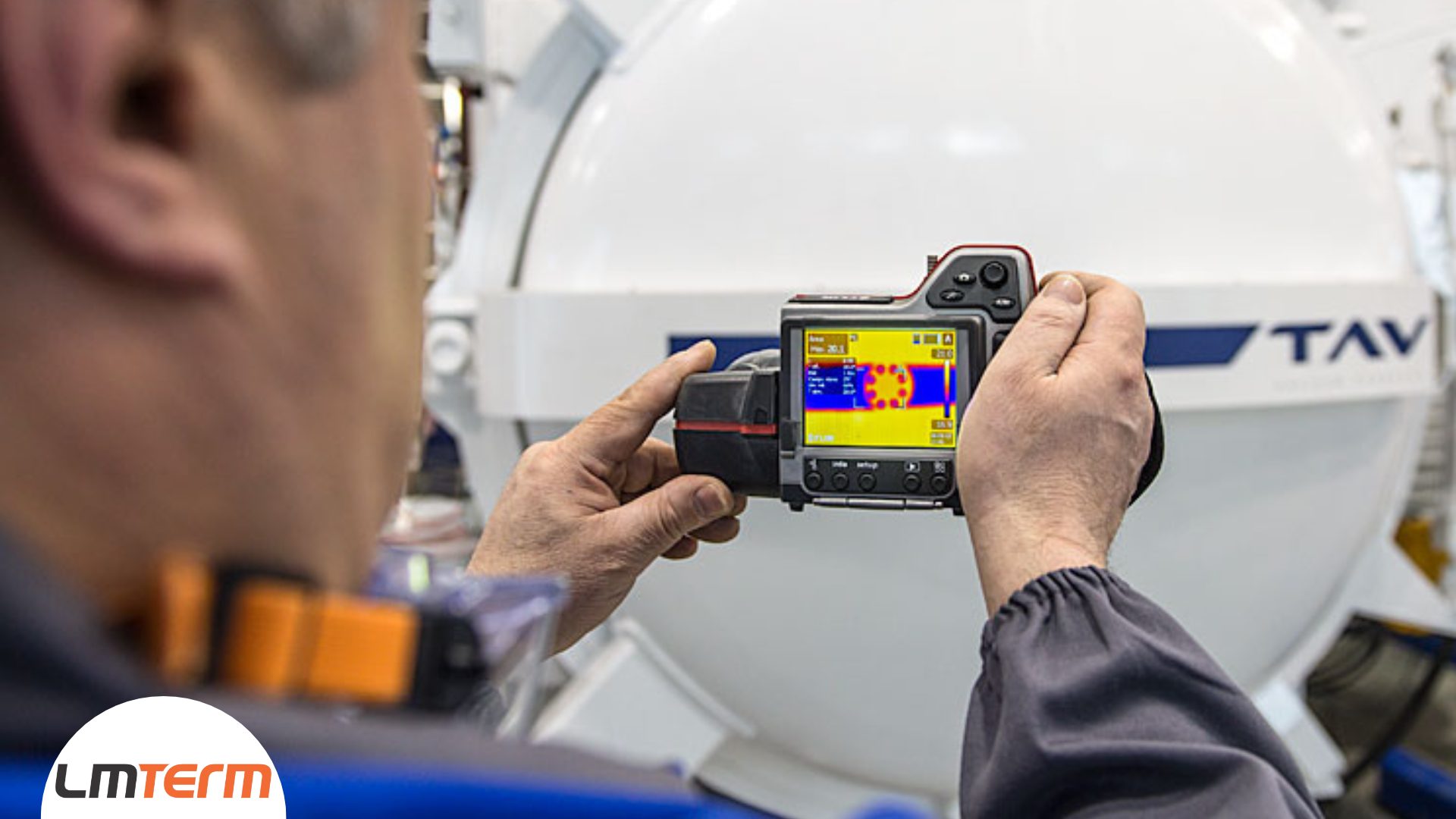Industrial efficiency is directly linked to the reliability of productive assets, and equipment maintenance is one of the key pillars to ensure this reliability. Adopting the appropriate maintenance strategy not only ensures the continuous operation of systems but also contributes to cost optimization and operational safety.
According to NBR 5462 and widely adopted practices in industrial maintenance engineering, the main strategies used are: corrective maintenance, preventive maintenance, scheduled corrective maintenance, and the often-overlooked predictive maintenance. The latter, in fact, is the one I value most among the available approaches, especially due to its analytical and preventive potential.
Predictive maintenance is based on mathematical and statistical data, obtained from corrective and preventive maintenance routines, with the aim of anticipating failures with precision. It is a strategy that enables proactive and safe decision-making through grounded projections. As a maintenance professional, I consider this type of analysis essential for those looking to advance in technical asset management and minimize operational surprises.
Corrective maintenance involves actions taken after a failure occurs, with the goal of restoring equipment functionality. Although it is a reactive approach, it is still necessary in emergency situations where a failure prevents operations from continuing. However, it’s crucial to remember that the impact of this type of intervention goes far beyond the cost of parts or labor. I always like to reinforce the importance of also considering the operational cost of an unplanned equipment stoppage. A question I often ask is: what is the real cost of an hour of unplanned downtime? This kind of reflection helps us understand why corrective maintenance should be used with caution and only when there is no more strategic alternative.
On the other hand, preventive maintenance is a proactive strategy, characterized by interventions carried out at predefined intervals or based on usage and wear parameters. This approach seeks to anticipate failures, ensuring equipment availability and optimal performance. In addition to extending system life, it allows for cost control and predictability in maintenance, reducing the risk of unexpected interruptions. In this approach, intervention takes place before failure occurs, and the stoppage is planned to minimize production impact — our main client.
Among these three approaches, there is also scheduled corrective maintenance. This involves planned interventions to correct failures that, although already identified, do not immediately compromise equipment operation. This method allows for efficient resource allocation, planned production downtimes, and risk mitigation, balancing the need for correction with the continuity of the industrial process. I believe the ideal maintenance is the one that reduces unplanned corrective actions as much as possible and enhances planning capacity through preventive and predictive strategies. We must always strive to reduce the number of corrective interventions and increase preventive and predictive maintenance, as only then can we gain greater control over failures and anticipate repair or replacement needs. The more we understand asset behavior, the more predictable and efficient the management of failures and replacements becomes.
To support decision-making, we can use some tools to define a proper maintenance plan. One such tool is the set of reliability indicators, such as MTBF (Mean Time Between Failures) and MTTR (Mean Time to Repair), along with factors like safety, total cost of ownership (TCO), and energy efficiency.
In specific applications, such as equipment operating under vacuum systems — furnaces, vacuum washers, and physical vapor deposition (PVD) systems — the combination of preventive and scheduled corrective maintenance has proven especially effective. This strategy ensures the integrity of vacuum systems, reduces operational losses, and extends equipment life.
To assume that a single approach is sufficient would be a mistake. The best recommendation is to build a balanced maintenance strategy that combines reactive, preventive, and predictive actions according to the equipment type, operational context, and available resources. In an industrial environment increasingly driven by data and results, using these strategies in an integrated manner is more than a best practice — it is a real competitive advantage.




